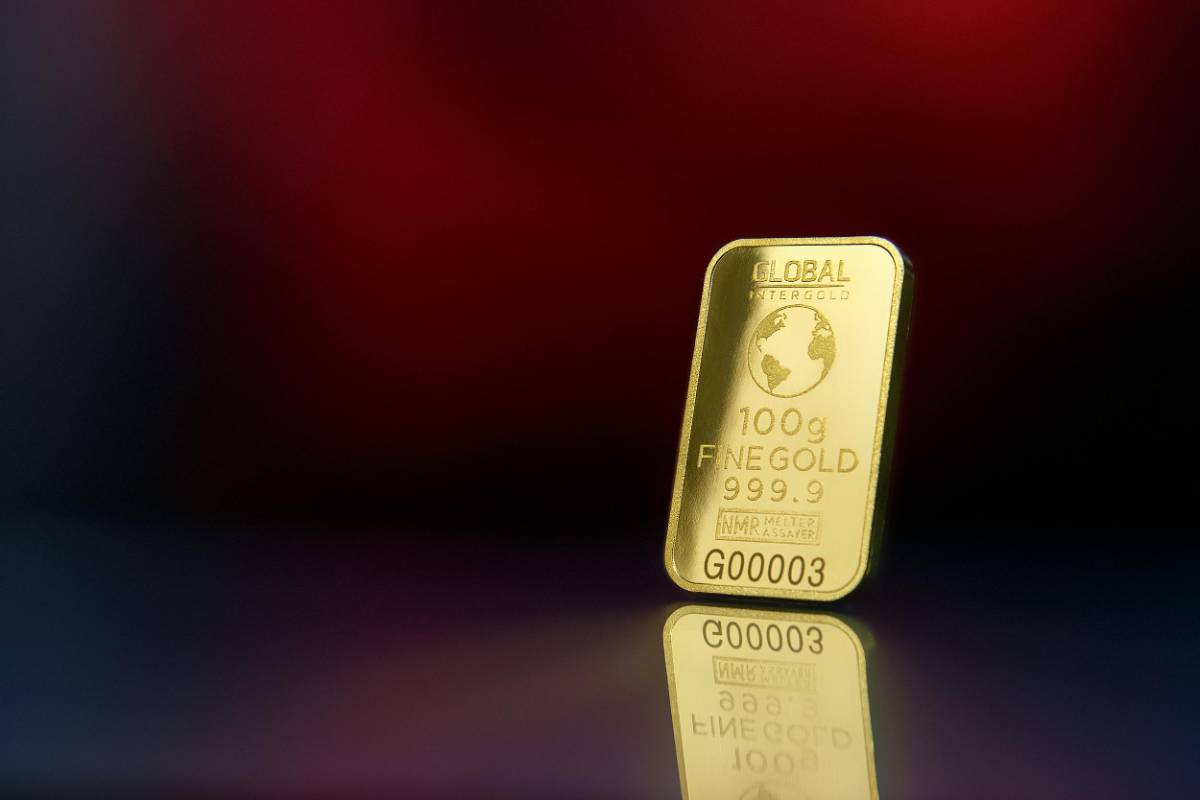

Investing in gold and precious metals has long been considered a safe haven, especially during periods of economic uncertainty. Precious metals such as gold, silver, platinum, and palladium have a history of retaining their value and even appreciating during times of market volatility. However, like any investment, they come with their own set of pros and cons. In this article, we’ll explore the advantages and disadvantages of investing in gold and other precious metals.

Gold and other precious metals have been valued for thousands of years. Below are some key advantages of investing in them:
Hedge Against Inflation: Gold is often seen as a hedge against inflation. As the value of paper currency decreases, the price of gold tends to rise, making it a reliable store of value.
Diversification: Precious metals can diversify your investment portfolio. They typically do not correlate directly with the performance of stocks or bonds, which can help reduce overall portfolio risk.
Safe Haven Investment: During times of economic instability, geopolitical tension, or market downturns, precious metals are often seen as a safe investment, as their value remains relatively stable or even increases.
Long-Term Value: Historically, gold and precious metals have maintained their value over the long term. They do not lose value due to currency devaluation or economic cycles in the same way that paper assets do.
Despite their many benefits, investing in gold and precious metals also has some drawbacks. Here are some of the key cons to consider:
Volatility: While gold is often seen as a stable investment, its price can be volatile in the short term. Fluctuations in market demand, geopolitical events, or interest rates can affect the price of gold and other precious metals.
No Yield: Unlike stocks or bonds, gold and precious metals do not generate any income, such as dividends or interest. This makes them less appealing for income-seeking investors.
Storage and Security: Physical gold and other precious metals need to be securely stored. This can involve purchasing a safe, renting a safety deposit box, or using a third-party custodian. There are also potential costs and risks associated with storing precious metals.
Liquidity Issues: While gold is highly liquid, converting physical precious metals into cash quickly can be more challenging than selling stocks or bonds. Additionally, selling gold may involve fees or commissions.

There are several ways to invest in gold and precious metals, each with its own benefits and challenges. Some of the most common methods include:
Physical Gold and Precious Metals: This includes buying coins, bars, and jewelry. While physical metals offer the advantage of ownership, they also require secure storage and protection.
Gold ETFs and Precious Metals Funds: Exchange-traded funds (ETFs) that track the price of gold or other precious metals are an easy way to gain exposure to the market without the need for physical ownership.
Mining Stocks: Investing in mining companies that produce gold and other metals is another way to gain exposure to the precious metals market. However, these stocks come with risks that are distinct from owning the metals themselves, such as operational risks and market volatility.
Futures Contracts: Futures contracts allow investors to speculate on the price movements of gold and other precious metals. These contracts can be risky and are typically used by more experienced traders.
Gold and precious metals are not for everyone. Whether or not they make a good investment depends on your individual financial situation, goals, and risk tolerance. Consider the following when deciding if precious metals should be part of your portfolio:
Investment Horizon: If you are investing for the long term, gold can be a good choice due to its historical value retention. If you need quick liquidity or short-term growth, other investments may be more suitable.
Risk Tolerance: Precious metals can be volatile in the short term, so you should be prepared for potential price fluctuations if you are considering them as part of your portfolio.
Portfolio Diversification: If you are already heavily invested in stocks or bonds, adding gold or precious metals may help balance your portfolio and provide additional security against market downturns.
Gold and precious metals can be a valuable addition to your investment strategy, offering a way to hedge against inflation, diversify your portfolio, and provide long-term value. However, they also come with challenges, such as volatility, storage costs, and a lack of yield. Before investing in gold or precious metals, it’s important to carefully weigh the pros and cons and determine if they align with your financial goals and risk tolerance. For those looking to protect their wealth during times of economic uncertainty, precious metals may be an attractive option, but as with any investment, it’s crucial to do thorough research and make informed decisions.











